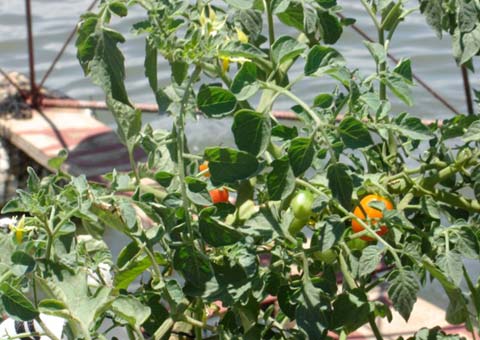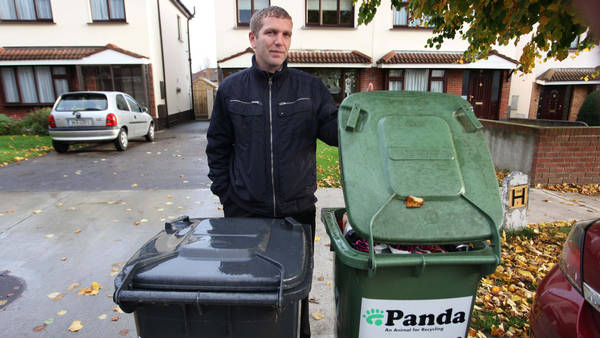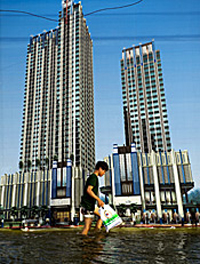Global
Submitted by ysp013 on
Aquatic agriculture offers a new solution to the problem of water scarcity
Submitted by ysp013 on
Carbon Taxes Make Ireland Even Greener
Submitted by ysp013 on
Too Big to Flood? Megacities Face Future of Major Storm Risk
Submitted by ysp013 on
Renewable Energy
Submitted by ninaoyen1 on
Thirsty Energy - Energy and Water's Interdependence
Submitted by ninaoyen1 on
The Evolution & The Future Growth Of Renewable Energy
Submitted by ninaoyen1 on
How Can We End Our Fossil Fuel Addiction By 2050?
Submitted by ninaoyen1 on
Sustainable Energy for All - What Will It Take?
Submitted by ninaoyen1 on
Global Impacts - Irreversible Changes
Submitted by ninaoyen1 on













